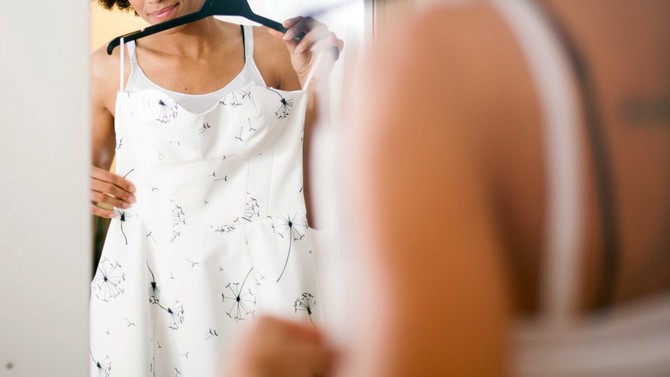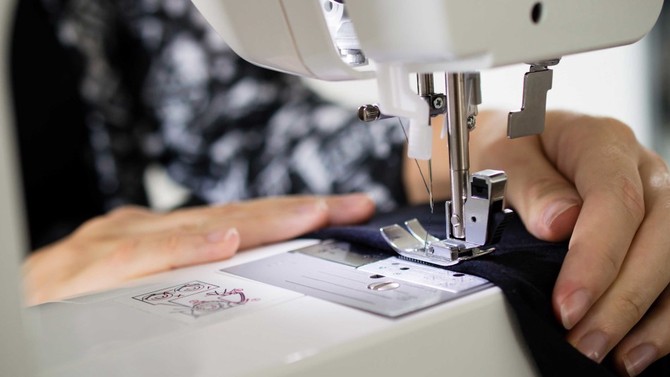5 Rules for Building a Polished Work Wardrobe on a Budget
Yes, you can have winning work clothes without breaking the bank—with these expert tips from The Career Code.
By Hillary Kerr and Katherine Power

Photo: Kikovic/iStock
Do The Math
Financial planner Pete Dunn recommends spending no more than 5 percent of your monthly take-home pay on clothing and accessories. (For reference, if your post-taxes income is $3,000 per month, you should budget about $150 for shopping.)

Photo: PeopleImages/iStock
Maximize Your Outfit Potential
In a perfect world, you'd be able to think of three places you could wear every item you buy (triple bonus points if you can come up with both professional and off-duty occasions) AND three things you already own to wear it with. If you run this exercise when you're shopping, you'll end up with a closet full of pieces that (a) work well together and (b) are appropriate for a range of events. The goal is to move beyond a "work wardrobe" and a "life wardrobe" to one fully integrated closet.

Photo: Ababsolutum/iStock
Think Twice About Patterns
In general, animal prints, embellishments and hardware are all tough to create at a lower price point so stay away from these on clothing and accessories. Other classic prints—like polka dots and stripes—are often easy to find executed smartly on affordable items, so look for these patterns instead.

Photo: Alija/iStock
Know How Low You Can Go
Stick to shirts with necklines no more than four inches from our collarbones. It's easy enough to figure out; just place your pointer finger horizontally along your collarbone and put the rest of your palm on your décolletage. The bottom of your pinky will be about four inches below your collarbone; this is exactly as low as your necklines should ever hit.

Photo: Sayerry/iStock
Always Remember the Tailor
Our rule of thumb is to buy something that fits the biggest part of your body perfectly, then have the rest tailored. That said, keep in mind that certain alterations are easy and inexpensive (like taking in or slightly expanding the waistband on a skirt or hemming a pair of pants) while others are not worth the time and money (like adjusting jacket shoulders).

Reprinted from The Career Code by Hillary Kerr and Katherine Power. Copyright © 2016 by Hillary Kerr and Katherine Power. Published by Abrams Image.

Reprinted from The Career Code by Hillary Kerr and Katherine Power. Copyright © 2016 by Hillary Kerr and Katherine Power. Published by Abrams Image.
Published 11/08/2016

